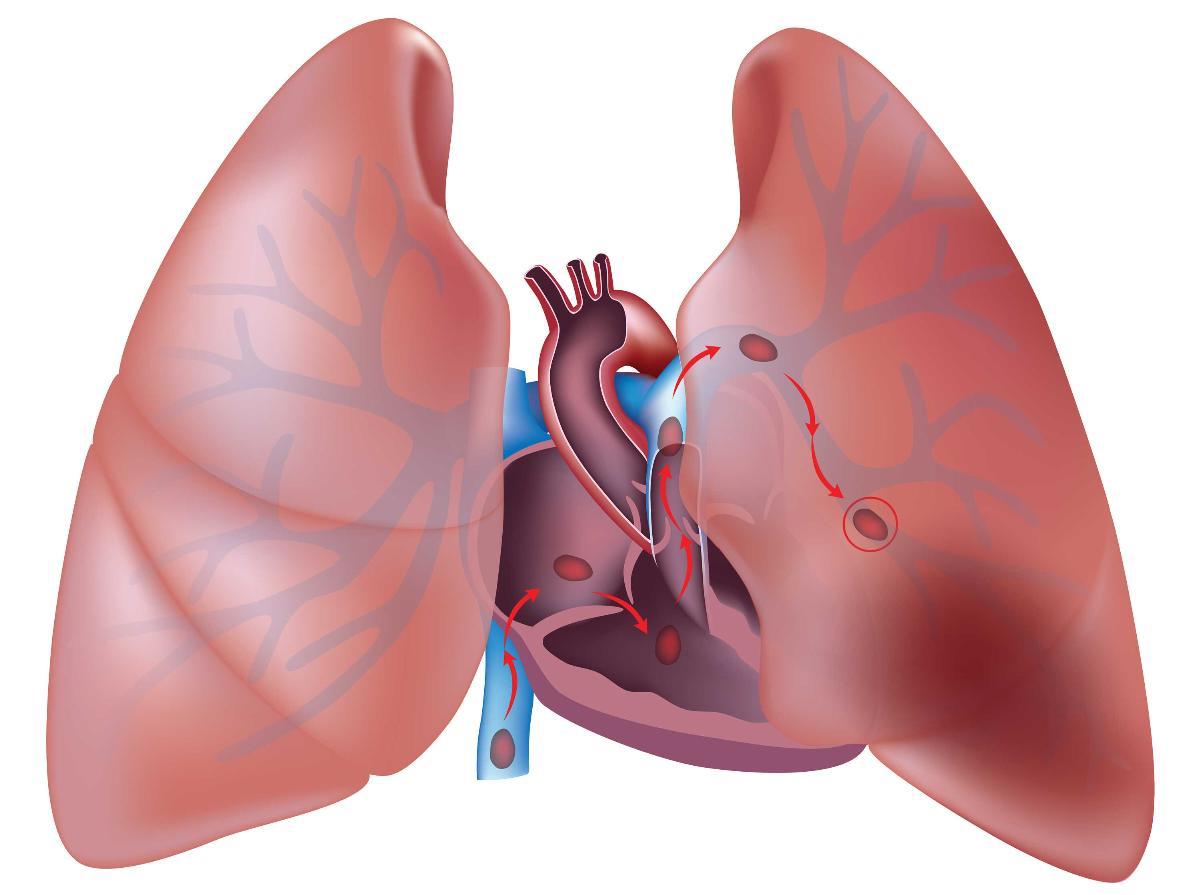4. Pulmonary Embolism

A pulmonary embolism (PE) is a blood clot in at least one of the arteries of the lungs. The development of PE can be fatal and can cause NCCP. The main cause of PE is deep vein thrombosis (DVT), which is a blood clot in the lower half of the body. The most common diagnostic tool for PE is a computed tomography angiography (CTA) in which patients are injected with contrast in order for pictures of blood vessels to be developed.
In the event that CTA cannot be performed, a pulmonary angiography can also be used to diagnose PE. In order to prevent further blood clots, those with PE need anticoagulation such as with warfarin (CoumadinTM), the most common blood thinner.
More from Things Health
-
Warning Signs That You Might Have Heart Issues
Heart disease has both genetic and environmental components, as it tends to run in families but can also be impacted by your lifestyle choices such…
-
10 Common Symptoms of Early Stage Cancer
Due to technological advances over the past 50 years, huge progress has been made when it comes to the fight against cancer. However, there is…
-
10 Causes of Leg Cramps – and How to Stop Them
Although they are usually harmless and actually quite common, leg cramps can be both uncomfortable and painful. In this article, we provide an overview of…
-
10 Common Symptoms of Having an Anxiety Disorder
What is normal? Sometimes it is difficult to determine when getting nervous or anxious is a normal feeling, and when you might have an anxiety…
-
Visual Signs of Poor Health That Should Not Be Ignored
We often think that being diagnosed with an illness such as diabetes, heart disease, stroke or cancer as something that happens out of the blue.…






